ASPHALT MILLING REMOVAL
What is Asphalt Milling?
Asphalt milling, also known as cold planning or profiling, is a process used in road construction and maintenance to remove a portion of the surface of an existing asphalt pavement. This method is typically employed when the existing asphalt surface is damaged, worn, uneven, or needs to be reshaped for various reasons.
Asphalt milling removal is a crucial process in the field of road construction and maintenance, and it brings numerous benefits to our valued customers. This technique involves the removal of the top layer of damaged or deteriorating asphalt, effectively revitalizing the road's surface.
One of the most significant advantages of asphalt milling removal is its cost-effectiveness, as it eliminates the need for a complete asphalt replacement. This not only saves our customers money but also reduces the environmental impact by minimizing waste.
Additionally, by restoring the road's smoothness and functionality, milling removal enhances safety for drivers and pedestrians, reduces the risk of accidents, and prolongs the lifespan of the road, ultimately providing our customers with a durable and efficient roadway that meets their transportation needs.
Asphalt Surface Removal
The milling machine is positioned over the section of the road or pavement that requires removal. The rotating drum is lowered, and the cutting bits grind into the asphalt surface. As the machine moves forward, it gradually removes the top layer of asphalt.
Asphalt Material Collection
As the milling machine removes the asphalt, the resulting material is typically conveyed into a conveyor belt system and then loaded into trucks for disposal or recycling. The milled asphalt material can often be recycled and used in future asphalt mixes, which is an environmentally friendly aspect of this process.
Asphalt Surface Profiling
Asphalt milling can be used not only to remove damaged or deteriorated asphalt but also to reshape the road's surface to improve drainage, correct road crowning, or create a smoother profile.
Final Asphalt Surfacing
After milling, the road's surface is left with a rough texture, which can be further prepared for the application of a new asphalt layer. This may involve additional steps such as cleaning, leveling, and applying a tack coat to ensure proper bonding with the new asphalt.
Interested In Our Services?
Contact us today for all of your asphalt milling needs.
